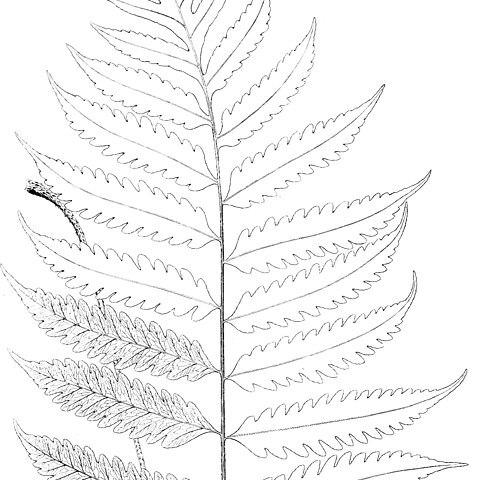Climbers, large or medium-sized. Rhizome long creeping, stout, bearing roots ventrally and fronds in 2-4 dorsal rows, dictyostelic with large channeled ventral strand producing root traces; scales black, lanceolate, clathrate. Fronds papery; stipe long; lamina 1-pinnate, all pinnae or pinnules articulate to rachis, pinnae or pinnules often equal, lanceolate, margins entire or serrate; veins anastomosing in 2 or 3 rows of areoles or free in submarginal part of pinna, without included free veinlets; fertile pinnae contracted, sometimes strongly so, linear to linear-oblong. Sporangia acrostichoid; annulus consisting of 14-20 thick-walled cells. Spores elliptic, translucent, smooth to granular, without perispore.

